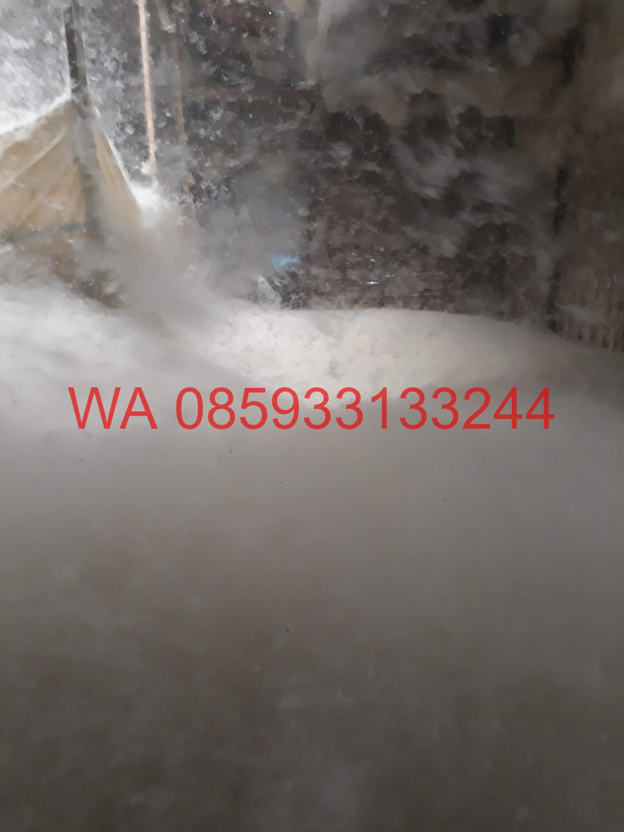In Indonesia, Kapok is very well utilized for many purposes. From very simple kapok filling to the most intricate wood furniture. The most common one is pillow stuffing. Because of that many people are questioning the hypoallergenic property. Surprisingly, many kapok distributor will say it does have hypoallergenic properties. But does it?
The Definition Of Hypoallergenic

Before you go far deeper about this term, do you understand the meaning? Most of the time, people refer to this aspect just because they know the material won’t trigger any allergies. That is half true and wrong. The term is very vast, especially if you consider that each people has different allergic reactions and stimulations.
As you know that, then the real meaning of Hypoallergenic is about the claim that the product causes “fewer” allergic reaction. It doesn’t mean it won’t at all. Most people will find it fine, but otherwise, it won’t. In this case, there is no standard about the label (in Indonesia or the US). It is impossible to guarantee that one product will never cause any allergies.
Does kapok have natural Hypoallergenic Or Not?

To answer the question, the decision comes back to oneself. It is granted that many Indonesian or other countries’ kapok distributor will label the product as “hypoallergenic”. But for better or worse, there is no regulation regarding the term. So, it is half and half-answers. But in most cases, this term also followed with the hydrophobic characteristic.
Another thing that should be considered is the natural fiber than to have microbiological property. And yes, it means that kapok fiber has a high chance to has hypoallergenic properties. The natural properties are the reasons why this plant-based fabric can repel many allergic reactions. But it is also relating to personal health.
Some people may have an allergy to kapok, but this is very rare. Most people do not, and that is why the belief in hypoallergenic substance is very possible. At some point, the allergic reaction is often incorrectly blamed on kapok. When in fact, it is because of mold, dust mites, the pillow cover, or other reasons.
The Kapok Properties

As said before that kapok does have some interesting properties, such as Hydrophobic oleophilic property, microbiological property, and hollow structure. This aspect helps the kapok to have buoyancy and oil-absorbing materials. Thus it is a very high chance to repel any kind of allergic reaction.
The properties are very likely to help to resist dust mites, microbial living inside the material, and creating a particular allergic reaction. Along with it, the natural fiber also helps repel moisture, which later prevents mold or mildew infestation. It also transforms kapok into the worst location for bacteria to thrive in.
So, the hypoallergenic refers to the claim that causes fewer allergic reactions. It doesn’t mean that this claim comes with no possibilities at all. It is better than any other product that can trigger any sneeze or itchy. Another thing to consider is the fact that kapok fiber filling has natural hypoallergenic properties, which is far safer than using a synthetic product.

